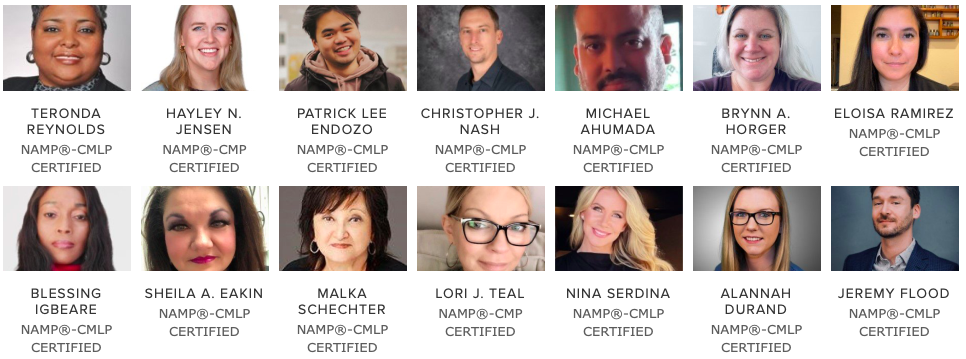Written by: Internal Analysis & Opinion Writers
Home equity lending is growing rapidly in the U.S. as more homeowners unlock record levels of home value to fund renovations, consolidate debt, or access liquidity without refinancing their first mortgages. According to the Mortgage Bankers Association, originations of home equity lines of credit (HELOCs) and closed-end second mortgages rose by 7.2% in 2024, with outstanding balances climbing by 10.3%.
Americans now hold nearly \$35 trillion in total home equity, much of it built up during the recent housing boom. With mortgage rates still elevated and many borrowers locked into ultra-low first-lien rates, tapping equity through second-lien products has become an increasingly attractive financial strategy.
The MBA projects that this trend will continue into 2025, with HELOC balances expected to grow by 10% and closed-end home equity loans by 7%. For many homeowners, these products represent a flexible way to access capital without sacrificing the low rates on their existing mortgages.
At the same time, the reasons borrowers are using home equity funds are shifting. In 2022, nearly two-thirds of equity borrowers were using the funds for home improvements. By 2024, that figure had dropped to 46%, while debt consolidation surged to 39% of use cases—up from just 25% two years earlier.
Despite growing demand, operational challenges remain. The MBA reports that only about half of all home equity applications are ultimately closed, and the average time to fund a loan remains at 39 days. These hurdles highlight an ongoing need for modernization across origination, underwriting, and closing processes.
Industry leaders believe the market is still significantly underutilized. According to MBA data, only a small fraction—less than 2%—of available equity has been tapped in recent years, suggesting there is significant room for growth if lenders can streamline their processes and improve borrower awareness.
Fintech lenders are stepping into this space, offering digital-first experiences and faster processing times. Many of these platforms aim to outcompete traditional lenders by using advanced data analytics, online applications, and automated valuation models to reduce friction and lower costs.
Still, equity lending isn't a one-size-fits-all product. Experts say lenders must focus on borrower education and adopt a consultative sales approach, helping clients understand how home equity products can fit their specific financial goals, from managing debt to funding education or long-term investments.
The backdrop for this resurgence is a housing market constrained by low inventory, rising property values, and limited affordability. With many would-be sellers staying put, homeowners are increasingly choosing to renovate, expand, or reinvest in their existing homes rather than move.
Surveys show that borrowers with sub-4% mortgages are overwhelmingly opting to stay in place, turning instead to second-lien loans to access cash while maintaining their existing low payments. This trend is especially pronounced among younger homeowners building long-term equity.
For lenders, this shift presents a significant opportunity—but only if they’re able to operate efficiently. That means automating back-end systems, embracing modern loan origination platforms, using digital tools for valuations, and integrating borrower-facing technology to increase pull-through rates.
Ultimately, home equity lending is re-emerging as a cornerstone of consumer finance. With vast untapped equity, evolving borrower needs, and more flexible product options, lenders who adapt quickly will be best positioned to lead in the next phase of mortgage market growth.





















